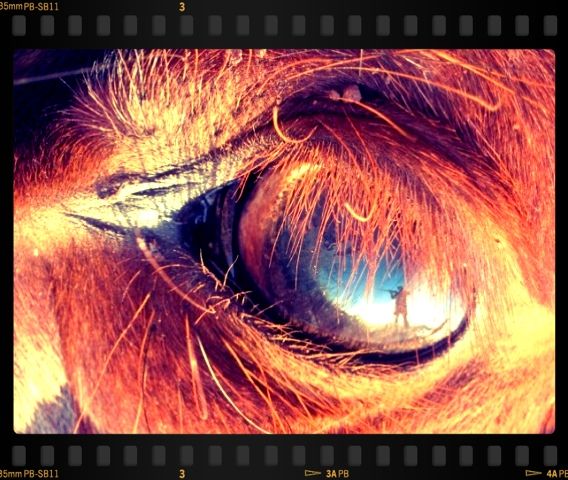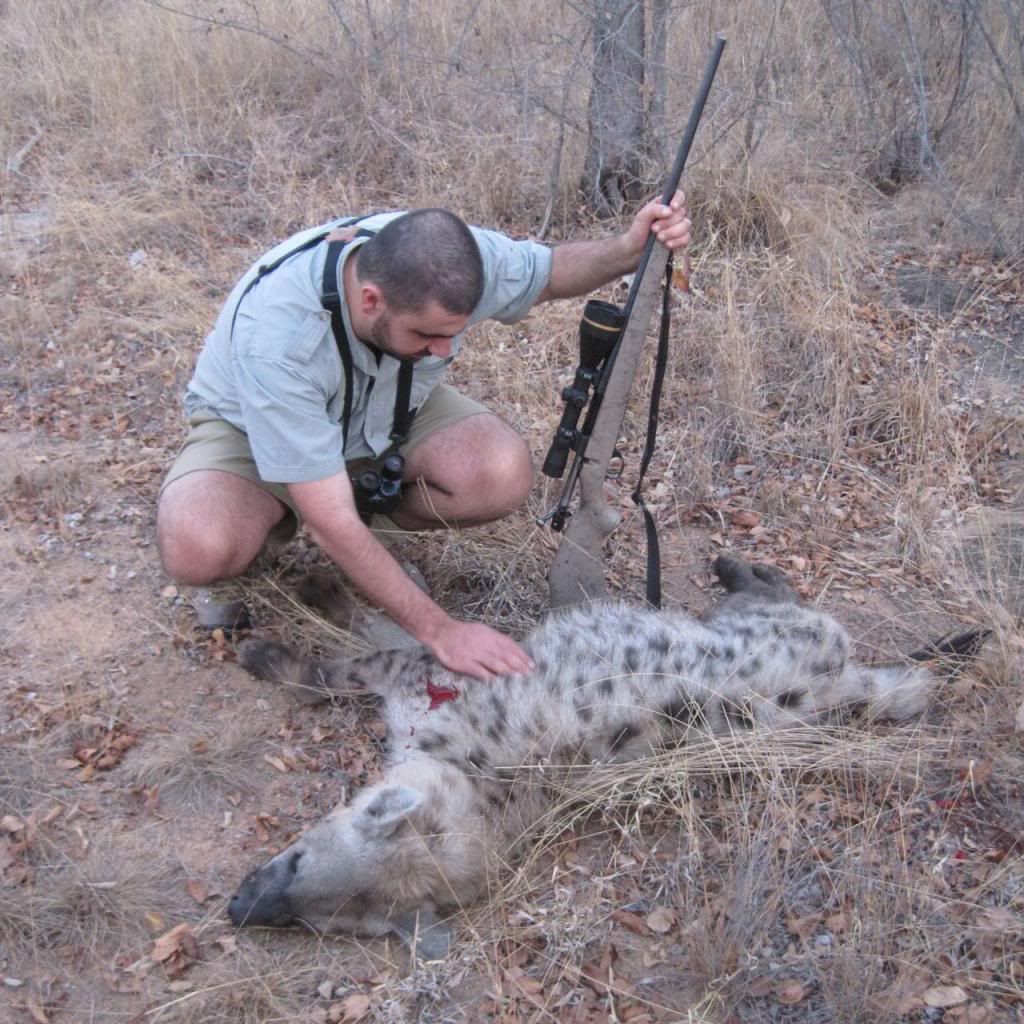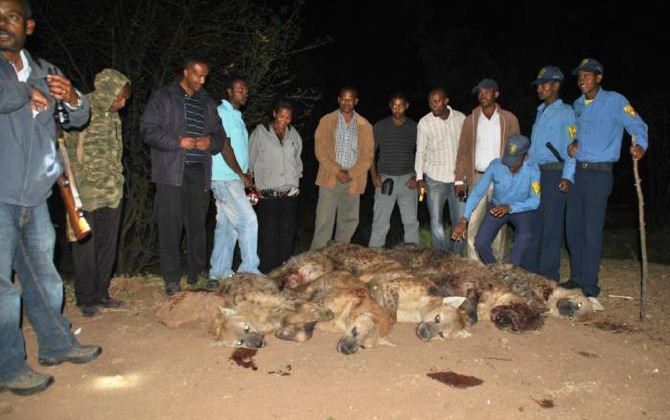Last Friday afternoon I was archiving (read: deleting) files that have accumulated on my office computer and I came across a very special photo I wanted to share...
A couple of
safaris ago we spent a bit of time hunting the bush along the Matlabas River in
Limpopo Province. We had set aside 10 days to hunt hyena - both the spotted and
the brown - and were successful with a big Spotted Hyena in the salt on day
nine. The problem with hunting hyena is
that you need to be up most of the night and you spend quite a bit of the day
checking baits, making drags, building blinds, hypothesising and strategising.
And of course, you're on safari, so you want to have a bit of a hunt by day as
well. It wears you out.
On our final
full day on safari, with our most special animal in the salt, we decided it would be an easy hunting day. There were some white blesbok getting about at the
back of the place we were hunting, however on the way out there we bumped into a herd
of the very rarely hunted tsessebe. We had no intention of hunting these unique and
once endangered antelope as part of our safari; populations of tsessebe - Damaliscus
lunatus, the fastest antelope on earth - have come back so well in southern
Africa that they have been completely removed from the CITES appendices, a wonderful thing for both the game and hunters.
I
was with the missus on this safari, six months pregnant at the time. Our
daughter (who was 16 months old) was along for the ride, as was a good friend of ours from Sydney who was playing nanny on safari. The whole lot of us were in
the bakkie while our PH Stephan rode up front with Fanwell - tracker and
skinner.
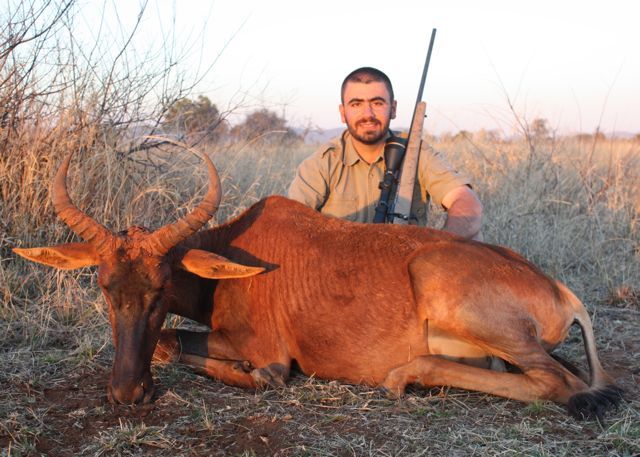 |
| Tsessebe - Damaliscus lunatus |
We all looked at
the tsessebe in the distance. I looked at the boss. The boss looked at me. We
both looked at Stephan... We sat there bending spoons in our mind and without
saying a word agreed to have a closer look at the herd "just in case"
there was a good bull amongst them. Stephan
and I headed off with the sticks and my .300 Weatherby Magnum. We chased the
wind and the tsessebe and almost two hours later found ourselves some 170 yards
out from the herd. There were two very mature bulls worth looking at and it
came down to taste really - long but thinner horns, or a thick set of horns
with heavy bases, shorter tips from the
wear that comes with age.
"The short
one" I whispered to Stephan as I got myself comfortable over a mound of
dirt. Stephan grinned and nodded.
The 180gr
Woodleigh PP bullets were being launched out of my Weatherby at a very modest
2,950fps and sighted for a 300 yard zero. We ranged the bull at 170 yards and
watched him feed casually until he had turned broadside facing to the left.
"When your
ready Dan," came the instruction from my PH.
I sighted up the
foreleg to edge of the dark patch at the shoulder joint, then followed it up
and back to the withers of the animal. I used the reticle to quarter the
scapula, made a small adjustment as my shot would be almost 4" high at his
range, and squeezed the trigger till it broke. The bullet smashed the bull's
spine and all four legs folded at the same time sending him crashing to the
ground with a thud.
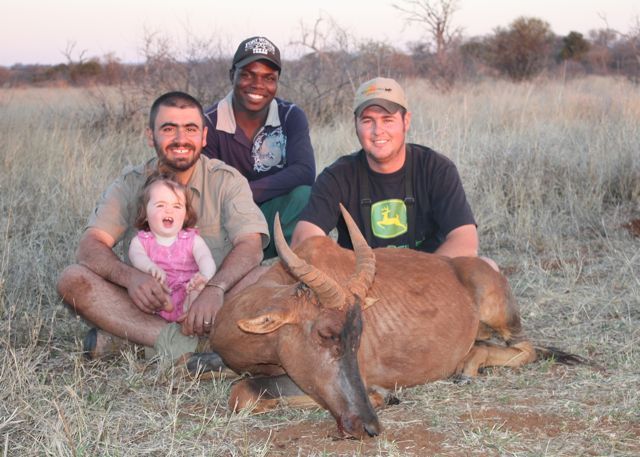 |
| DaggaBoy and the little one with our tracker and skinner Fanwell (centre) and Professional Hunter Stephan Olivier on the right. |
After a quiet moment alone with the bull, our team
walked over for a close look. We took a
few photos for the safari album before the taxidermist in me came out and I was
snapping away at every detail in readiness for the work ahead of me in the
studio.
Stephan happened to be admiring my rifle in the
background, shouldering it the way that shooters do when they get their hands
on a new gun. And that's when I was busy
looking at the vestigial nictitating membrane, preorbital gland, eyelids, folds
and wrinkles...





